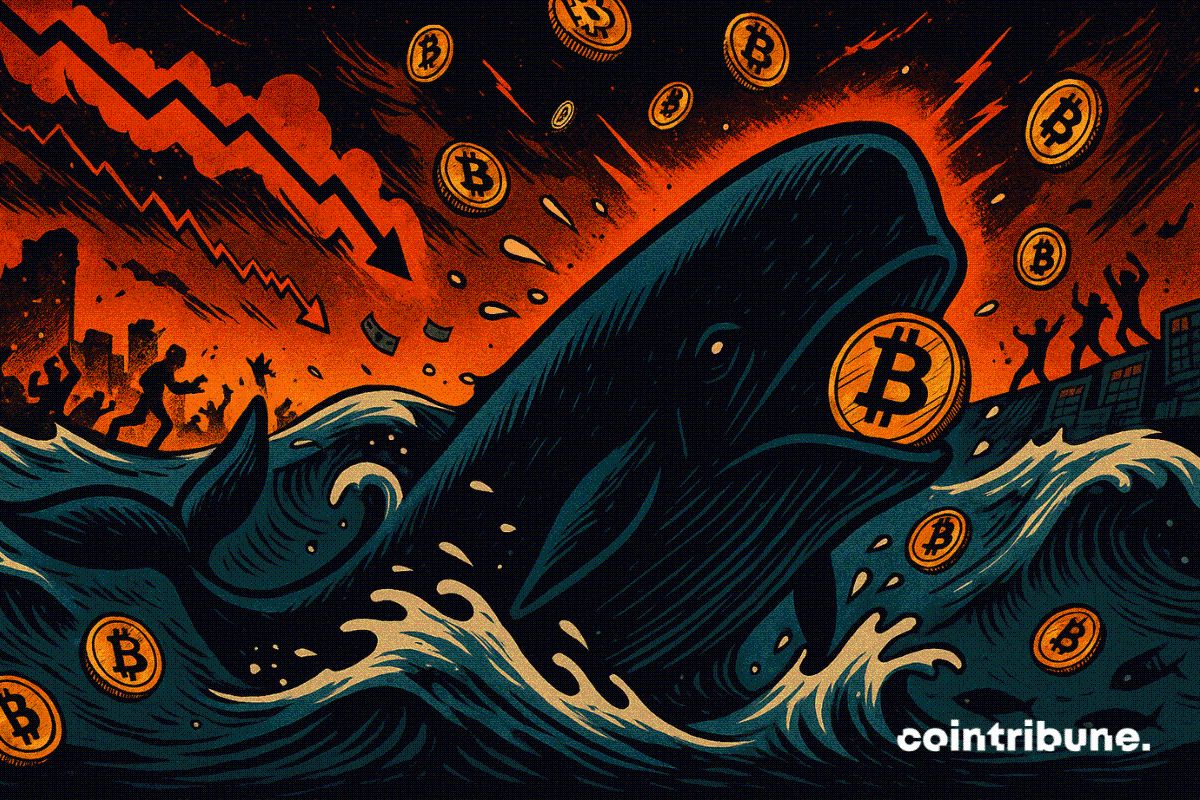India eyes CBDC, restates opposition against unbacked ‘crypto’
India will soon introduce a central bank-backed digital currency (CBDC) that is expected to simplify transactions and reduce paper use, while enabling faster and traceable transactions compared to traditional banking. This will be based on blockchain technology to ensure transparency and legal transactions.
- CBDC on the horizon
- Testing the waters for coexistence with e-rupee
- Moving toward tokenizing banking
- Digital future remains state-controlled
“We will be coming out with a digital currency which will be backed by Reserve Bank of India (RBI) guarantee. It will be like normal currency… somewhat like the stablecoins that the USA has announced,” Commerce Minister Piyush Goyal said in a roundtable during his visit to Qatar.
“Our idea is that this will only make it easier to transact, will also reduce paper consumption, and will be faster to transact than the banking system. But it will also have traceability through blockchain. So only legal transactions can be done,” Goyal added.
The clarification comes just days after Finance Minister Nirmala Sitharaman announced that stablecoins are rapidly reshaping global finance, particularly in the cross-border movement of capital. Countries may soon have to either adapt to this emerging financial system or risk being left behind.
Earlier, Pradeep Bhandari, the national spokesperson for India’s ruling political party, the Bharatiya Janata Party (BJP), proposed an Indian-rupee-backed stablecoin. He explained that India receives over ₹11 lakh crore ($132.5 billion) in remittances annually. Yet, many still face delays and significant transaction costs. A blockchain-based digital currency could help ease this process, enabling near real-time transfers at lower cost and on transparent networks.
Coexist with India’s CBDC
According to Goyal, the digital currency, “somewhat” likened to stablecoins, would coexist with India’s CBDC, or the e-rupee.
RBI started its first CBDC pilot in the wholesale segment on November 1, 2022, to settle secondary market transactions in government securities. The pilot began with nine banks—State Bank of India (NASDAQ: SBKFF), Bank of Baroda, Union Bank of India, HDFC Bank (NASDAQ: HDB), ICICI Bank (NASDAQ: IBN), Kotak Mahindra Bank, Yes Bank, IDFC First Bank, and HSBC (NASDAQ: HSBC).
The retail CBDC pilot started on December 1, 2022, and users were able to transact through a digital wallet offered by the participating banks and stored on mobile phones or devices.
Currently, India has about seven million CBDC users and is in no rush for a full rollout of the e-rupee, informed RBI Deputy Governor T. Rabi Sankar.
“Right now, we are focussing on creating sufficient use cases, particularly programmable ones. The area we are focusing on is that a user, who doesn’t need to understand any technology, should be able to attach a program to the CBDC and then use it,” Sankar reportedly said on the sidelines of the Global Fintech Fest 2025.
“The basic use case for CBDC eventually comes in the cross-border space. So, we have to get into a few cross-border arrangements,” he added.
While the RBI believes CBDC is the future of money, the central bank has been struggling to popularize retail adoption of its e-rupee against the rapid growth of India’s flagship Unified Payments Interface (UPI), a global success story and an example of effective Digital Public Infrastructure (DPI).
Sankar stated that the RBI is actively exploring multiple use cases for the CBDC at different stages of progress. These features aim to create distinctive applications for the digital currency, thereby promoting its adoption.
“Typically, you can do a program based on which merchant you want to use it for, which geography you want to use, or within the time you want to use. These are the standard criteria based on which we will create programs,” Sankar added.Back to the top ↑
RBI plans deposit tokenization with banks
RBI plans to introduce a pilot project on deposit tokenization, which will leverage the wholesale version of its CBDC as the foundational layer, according to a Reuters report. The central bank is collaborating with select banks to carry out this project.
“From a regulatory standpoint for tokenisation of an underlying asset, we believe integrity and enforceability have to be established…Risks in asset tokenisation are manageable and can be addressed through regulatory guardrails,” said RBI Chief General Manager Suvendu Pati.
Tokenization involves converting assets like deposits, stocks, or bonds into digital formats recorded on a blockchain. This technology can enhance transaction speed, reduce costs, and improve security.
The central bank is also exploring the use of tokenization in money market instruments, such as commercial papers (CPs). CPs are short-term debt instruments issued by companies to raise funds.
In its January 2025 Payment System Report, the RBI noted that card tokenization has seen widespread adoption, with over 910 million tokens created by December 2024. Tokenization replaces actual card details with a unique code, enhancing security by preventing merchants from storing sensitive data. Introduced for devices in 2019 and card-on-file transactions in 2021, the system has supported over 3.2 billion transactions.
Back to the top ↑
India discourages decentralized ‘crypto’ trading
India is clearly moving toward a digital currency future, but not in a way ‘crypto’ enthusiasts typically envision. Instead of promoting decentralized, privately issued digital assets like Bitcoin or Ethereum, the country focuses on government-regulated alternatives to ensure oversight, stability, and sovereign control.
While in Qatar, Goyal reiterated that India does not encourage digital asset trading since it lacks sovereign backing but is simply interested in taxing it.
“As far as cryptocurrency is concerned, there’s no ban as such, but we are taxing it very heavily. We don’t encourage it because we don’t want anybody to be stuck at some point with a currency or with a cryptocurrency, which has no backing and nobody at the back end,” Goyal pointed out.
“Suppose tomorrow there’s no buyer. There’s nobody to guarantee… So it’s a thing you can do at your own risk and cost. The government doesn’t encourage or discourage. We don’t get involved in that. We only tax it,” he added.
While the world’s most populous country leads in digital asset adoption, it imposes a 30% flat tax on all profits earned from digital asset trading with no provision to offset losses, and a 1% tax deducted at source (TDS) on all transactions above INR 10,000 ($112), as well as an 18% goods and services tax (GST) on transactions. Sitharaman has already clarified that ‘cryptocurrencies’ cannot be a legal currency in India.
India is also not keen on introducing specific legislation to regulate digital assets, opting for a limited oversight approach instead, due to concerns that integrating digital assets into the country’s mainstream financial infrastructure could pose systemic threats. With high taxation and no clear legislation, India’s digital asset exchanges are likely to look at a consolidation in 2025, with smaller exchanges either shutting down operations or merging with larger ones.
Back to the top ↑
Watch: What’s going on with blockchain technology in India?
Tagged:
Disclaimer: The content of this article solely reflects the author's opinion and does not represent the platform in any capacity. This article is not intended to serve as a reference for making investment decisions.
You may also like
Crypto: Fundraising Explodes by +150% in One Year

Bitcoin Drops $8B In Open Interest : Capitulation Phase ?

Coinpedia Digest: This Week’s Crypto News Highlights | 29th November, 2025
